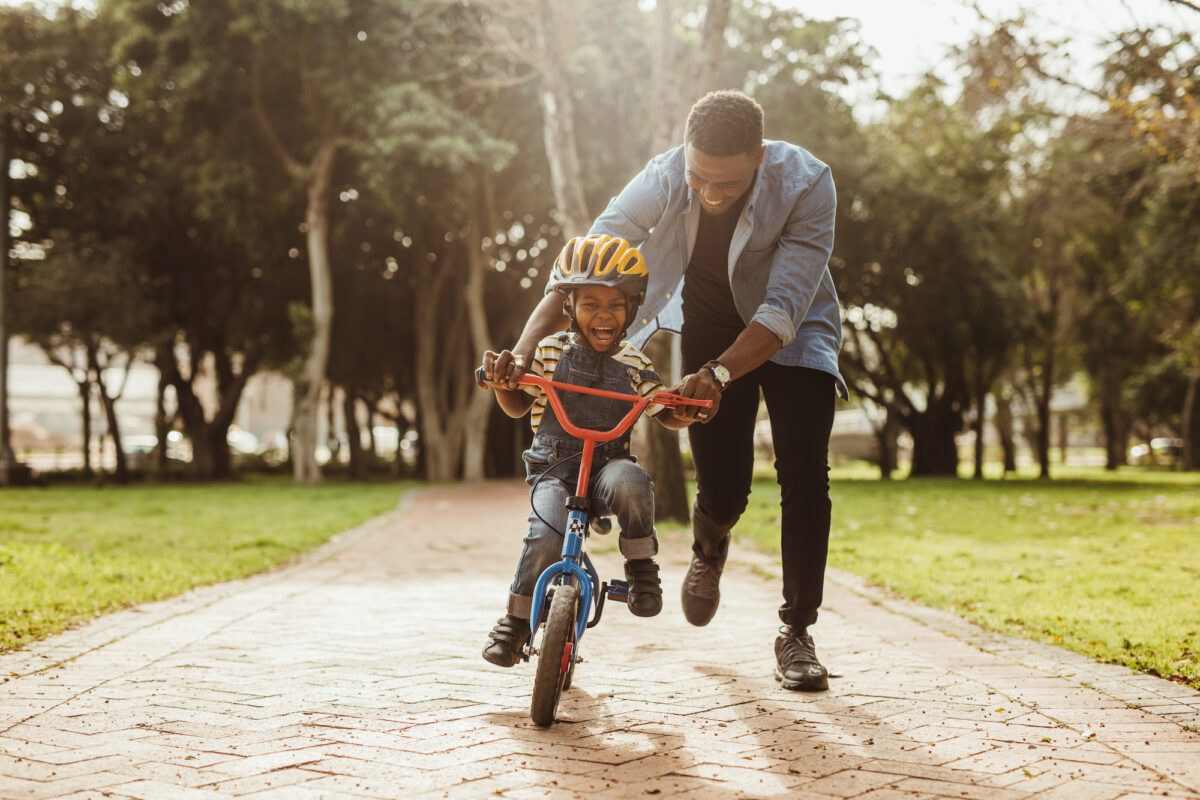School districts, classroom teachers, and parents are educating more students with autism than ever before: One in 54 students have a diagnosis of Autism Spectrum Disorder, compared to one in 166 in 2004. Educating children with autism requires time and resources; the annual cost of educating students with autism was $268 billion in 2015 and is predicted to be $421 billion by 2025. Applied Behavioral Analysis (ABA) is the most widely accepted and effective teaching method for students with autism, but because it has most commonly been implemented 1:1, it can be costly. ABA techniques increase effective instruction for all learners and can be used in the classroom with an entire class, or groups of students, and be just as effective as they are 1:1.
Implementing ABA methods in classrooms is a cost-effective way to teach children with autism and their peers. We want to teach administrators, teachers, BCBAS, and parents the principles of ABA in order to bring them to more students. In this four-part blog post series, school and district administrators will learn how to support teachers in utilizing group-based ABA techniques, and teachers and parents will learn how to effectively implement ABA methods in public or private school settings, in order to increase effective instruction for all learners.
In this four-part blog post series, school and district administrators will learn how to support teachers in utilizing group-based ABA techniques, and teachers and parents will learn how to effectively implement ABA methods in public or private school settings.
We’ll share:
- Strategies for group behavior management that set the stage for learning.
- How to use three effective ABA teaching techniques to engage students and support learning.
- How to increase access to ABA teaching methods for all students.
Set the stage for student success:
Best practices for positive classroom behavior
Before we get into specific teaching techniques, it’s important to talk about what type of learning environment is conducive to student engagement.
“When I was in a content specialist role at San Francisco Unified School District, I would get called into classrooms when students were having a really hard time, to help the teacher figure out what changes could be made to help a student,” says Melissa Willa, Kyo’s Chief Clinical Officer, a former elementary school teacher, and leading expert in the field of ABA. “The very first thing I always looked for when I walked into any classroom was a list of rules. Where were they? How were they stated? Was there a system to positively reinforce students for following the rules?”
Think about the environment you want to create at your school and in your classroom (e.g., respectful, informative, helpful) and the behavioral norms you want to support in those spaces (e.g., participate/actively respond when asked, raise hand to be called upon).
Here are some best practices to follow to create those types of environments and behavioral norms:
- Make expectations clear
- Post rules that are easy to see and understand
- Focus on 3-5 rules that are easy to remember
- State rules in positive terms: “Keep hands and feet to yourself”
- Provide practice opportunities for each rule
- Praise students who are behaving appropriately: “I like the way Keisha is sitting quietly, ready to learn.”
- Offer specific praise to reinforce the behaviors you want to see
Strategies to increase student response time
After setting expectations for your learning environment, the next step is to think about how you can maximize students’ opportunities to engage and respond to the material during your available instructional time. In this series of articles, we’ll share three of our favorite methods for increasing student engagement: choral responding, response cards, and guided notes. The idea is to create lessons in which more—ideally all—of students’ time is spent actively engaging with instruction and actively responding to lessons.
Learn more about Kyo’s school support services here.
If you are looking for more quick tips on how to use ABA strategies at home visit our Youtube channel.
You can also find more articles on a variety of ABA strategies here.




